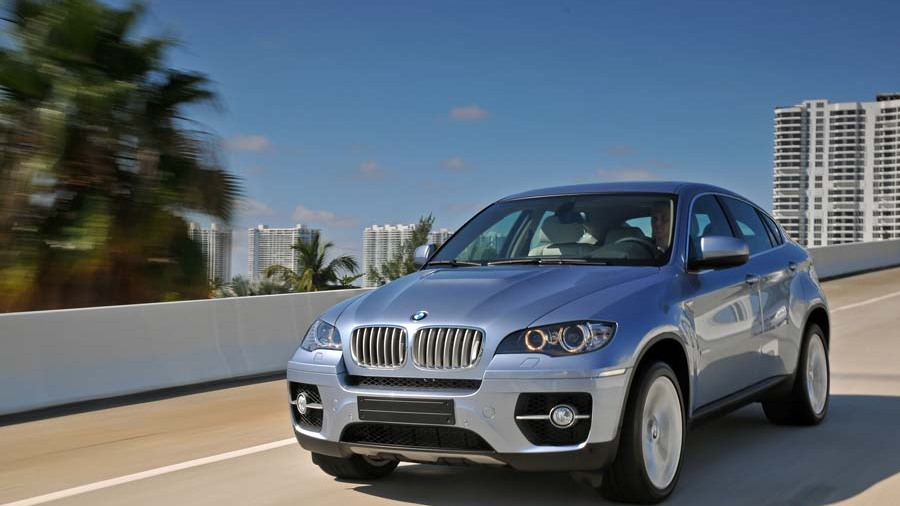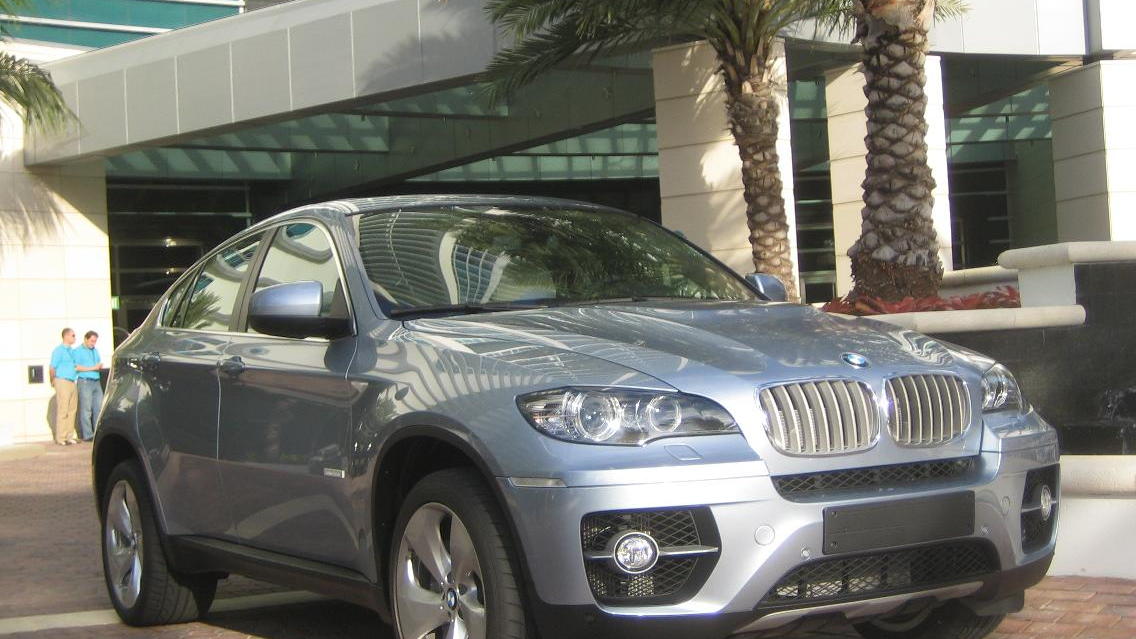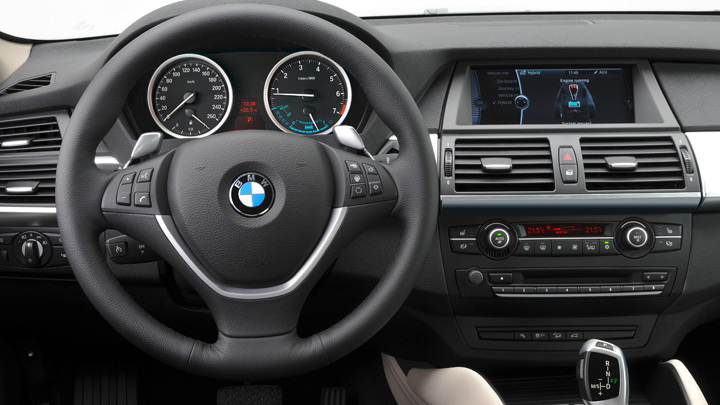The hybrid graveyard is growing.
BMW and Mercedes-Benz, the German luxury makers that teamed up to adapt GM's Two-Mode Hybrid to high-end luxury vehicles, have both canceled both the hybrid vehicles that used the system for 2012, after no more than three model years.
Pricey and low-production
We learned last month that the Mercedes-Benz ML 450 Hybrid (b. 2009, d. 2011) would not carry over into the redesigned, all-new 2012 Mercedes-Benz ML-Class lineup.
Now BMW has ended its ActiveHybrid X6 (b. 2010, d. 2011), the only other vehicle to use the pricey and complex GM Two-Mode Hybrid system that has been estimated by one insider to cost up to $20,000 per car in its first incarnation.
We drove the 2010 BMW ActiveHybrid X6 a couple of years ago, finding it fast and comfortable but hardly hybrid-like. To build the "world's fastest hybrid," BMW simulated the feel of seven fixed gear ratios rather than letting the transmission vary its ratios continuously for maximum efficiency. The result was a bit less than 20 mpg.
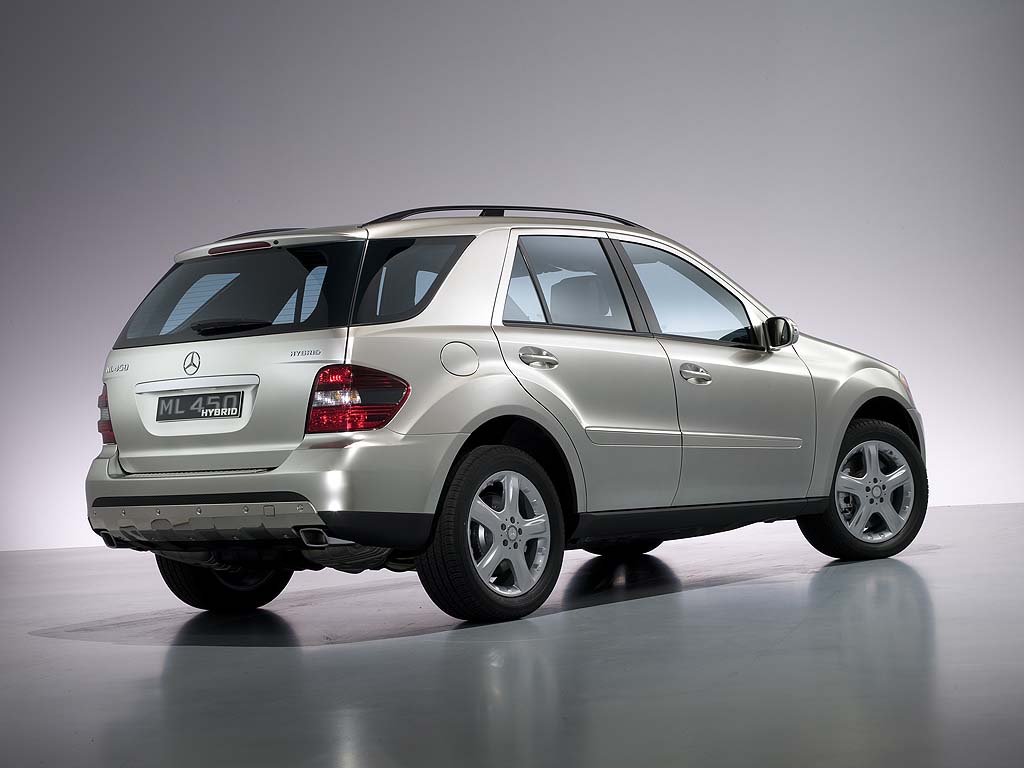
2009 Mercedes-Benz ML 450 Hybrid
Four-way Two-Mode partnership
The Two-Mode system was developed jointly by General Motors, Daimler, Chrysler, and BMW in a four-way partnership that was dissolved in 2009. The only vehicles now using the system are single models of the full-size GM sport utilities (the Chevrolet Tahoe, GMC Yukon, and Cadillac Escalade) and pickup trucks (Chevy Silverado and GMC Sierra).
Chrysler briefly installed the system in 2009 models of the Dodge Durango and Chrysler Aspen Hemi hybrids. But the company killed off those vehicles late in 2008 as it spiraled into bankruptcy, having built less than 1,000 hybrids altogether.

2009 Dodge Durango Hybrid launch at 2007 Los Angeles Auto Show
Growing graveyard
It's inevitable that the hybrid graveyard would grow. While many hybrids (mostly from Toyota) are now in their second or even third generations, other makers may have experimented with limited runs of hybrid models to gain experience and understand the technology better.
For years, the graveyard's only occupant was the Honda Accord Hybrid (b. 2005, d. 2007)--a sales failure due to confused messaging that conflicted with the public perception of hybrids (performance but also fuel economy ?!?!?). Then it was joined at the end of 2008 by the Chrysler Two-Mode twins.
Chrysler has since avoided hybrids for a few years, though it is now expected to launch a hybrid version of the Chrysler 300 two years hence and even a hybrid minivan in 2013 as well.
Honda, Chrysler, now Nissan
The newest arrival in the hybrid graveyard is the Nissan Altima Hybrid (b 2008, d 2011), which had a respectable four-year run in only a handful of states. Using an older version of Toyota's Hybrid Synergy Drive, mated to Nissan's 2.5-liter four-cylinder engine, it let Nissan sell a green car and experiment with the technology.
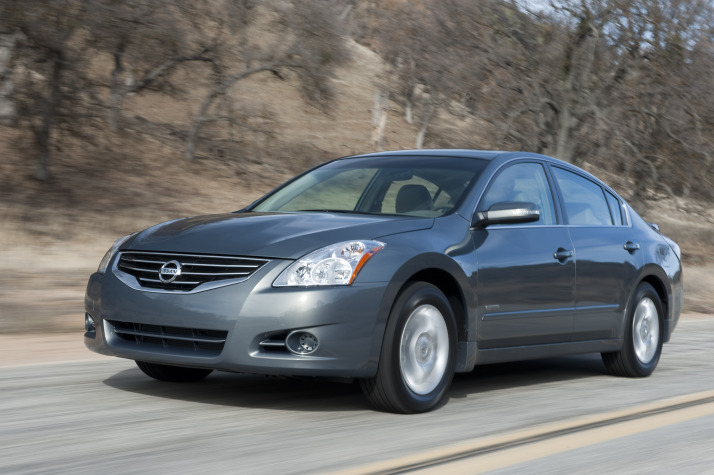
2011 Nissan Altima Hybrid
Nissan is expected to launch a new Altima Hybrid, using its own hybrid system--which debuted in the 2012 Infiniti M 35h luxury sedan--in 2013 or 2014, when the Altima line is completely redesigned.
As for the German makers, they are pursuing development of their own single-motor hybrid system, currently offered in the Mercedes-Benz S 400 Hybrid and the BMW ActiveHybrid 7 sedans.
There will be more hybrids from BMW and Mercedes-Benz, but they won't use the Two-Mode system, which is now exclusively GM's product.
+++++++++++
